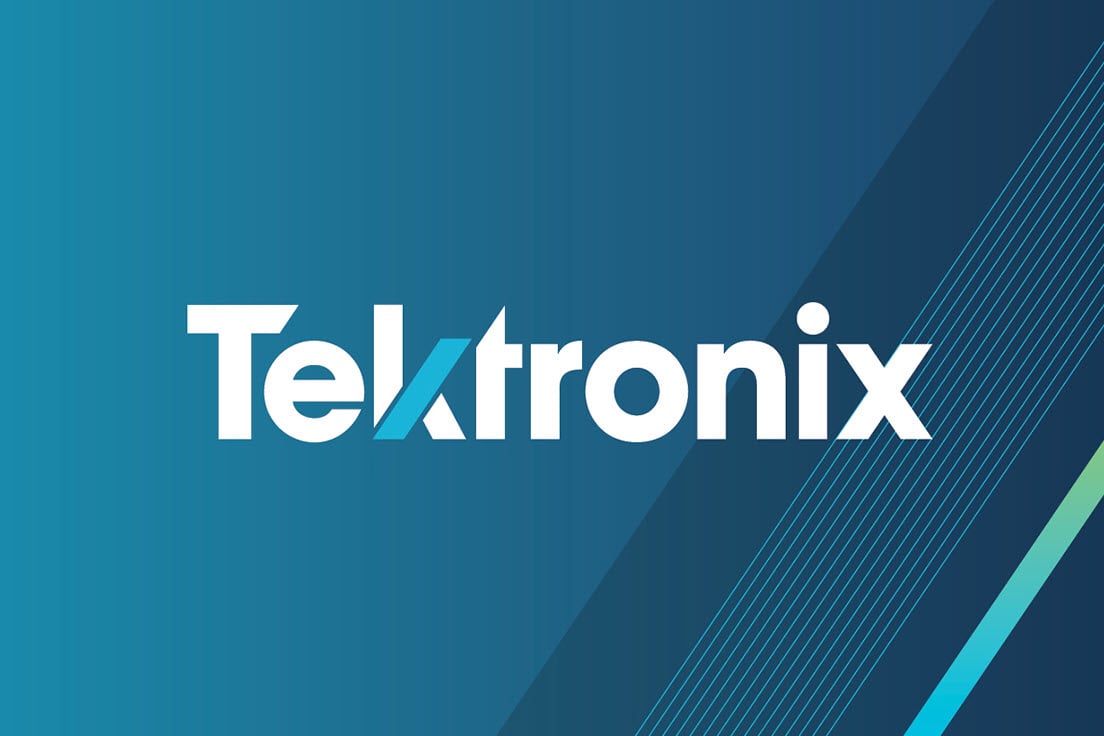

Quantum computing research is an enormously expensive endeavor. A functional quantum computer would resemble computing hardware of the 1950s and 60s — huge installations with enormous power needs, fixed locations, and high operating costs. The costs involved with research, of course, are far greater when you factor in everything from top-tier physicists and technicians to facility costs to test equipment. Intel, for instance, is investing $50 million into its quantum computer research efforts.
The high-cost of quantum computing research means that many projects struggle to find adequate funding and are constantly looking for ways to trim expenses. One area that can get expensive in a hurry – particularly as researchers look to scale up the number of quantum bits (qubits) in an experiment – is signal sources. As I wrote about in my last blog post on quantum computer research, the ability to source very precise signals is critical to understanding and evaluating the behavior of qubits.
Sourcing the signals needed for quantum computer research involves a digital-to-analog converter (DAC) for baseband generation coupled with a vector signal generator (VSG) or microwave/RF generator for up-conversion or mixing. The exact requirements and sourcing set up can vary significantly from project to project. In addition, there’s typically a need for a fast feedback loop for real-time iteration through experiments.
Although the cost of VSGs or microwave generators is not trivial, the far more significant cost is in generating baseband signals reliably and consistency with sufficient performance. Using an automobile analogy, a DAC can be thought of as the engine. By itself, the most powerful engine in the world isn’t going anywhere without a transmission, wheels, brakes, doors and all the other elements that make up a car. Similarly, a DAC needs input/output, memory, a user interface of some sort and so on before it can be used to generate signals.
One approach to obtaining a signal generation engine is to purchase the complete “car.” Tektronix, among other test and measurement companies, offers such solutions in the form of arbitrary waveform generators (AWGs), and in fact such signal generators are currently being used in many quantum computing research efforts. Also, AWGs offer the potential for direct synthesis, which can eliminate the need for VSGs, and they produce very clean signals.
The truth is, however, that these are general purpose signal generators and not necessarily optimized for quantum computer research. There are two main challenges: performance and cost per channel. Currently, there’s nothing out there that covers this space in an affordable way with sufficient performance, so if you suddenly need 50 channels you’re looking at literally spending millions of dollars just on sources.
As an alternative, what quantum computer researchers often do, because it’s cheaper and they have complete control over the end product, is to build up solutions themselves using DACs and FPGA boards. This is the “kit car” approach where you get an engine and the simplest platform you can find, throw on some tires and go. It may not handle well, but it will get you from point A to point B possibly as fast as you want. But clearly, it’s not a refined machine.
The downside to this approach is time. It takes years to work through issues around stability and scalability. Figuring out how to get 20-30 DACs to talk to each other is a daunting problem, as is making sure the first source behaves exactly the same as your twentieth source. When you’re building up your own DAC and FPGA boards by hand, ensuring that you’re going to get the same performance every time is really hard. Guaranteeing metrology-grade performance out of a homespun DAC solution would require watertight calibration procedures and a performance verification procedure, both being immensely time consuming exercises. Ultimately, the “kit car” approach can work, but is far from ideal.
For those who are in the market to buy a new “car,” but are looking for more information, please download a version of the “Overcoming RF Signal Generation Challenges with New DAC Technologies” whitepaper or visit the AWG52000 website to learn how to enable the 5200 series for direct RF complex signal generation.


